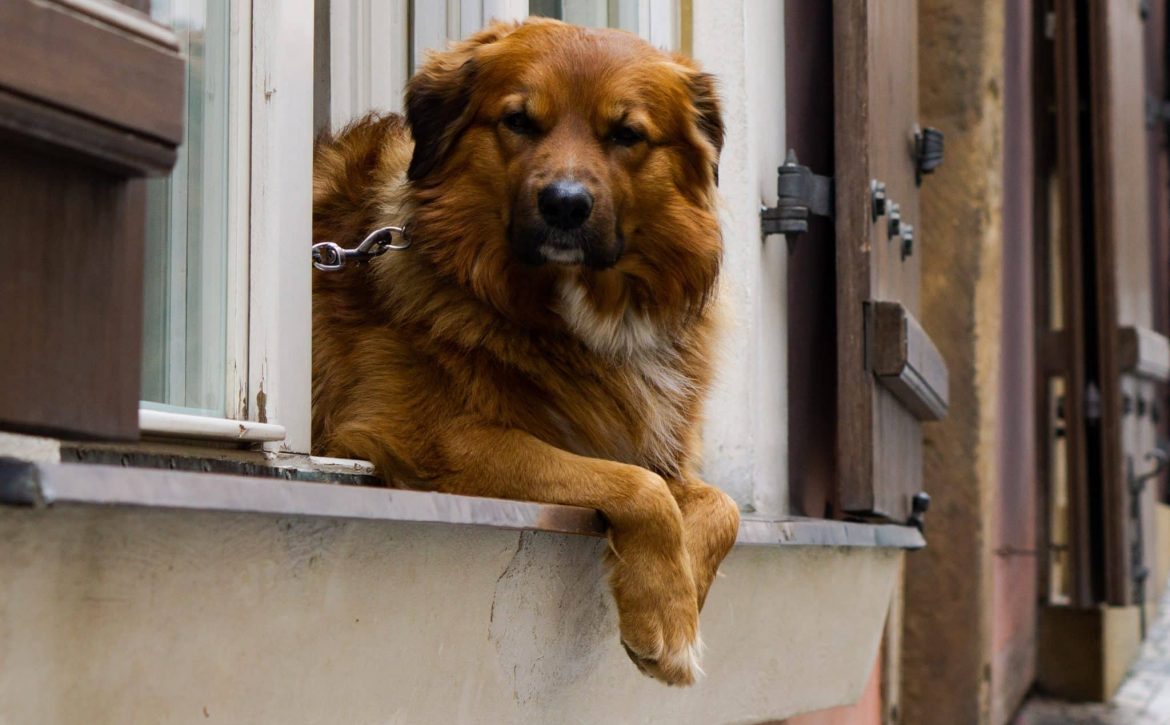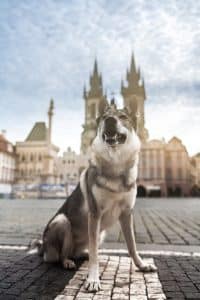Must Try Foods in the Czech Republic
The Czech Republic is well known for its beers and it’s no wonder, with over 400 active breweries in the country. However, what are its traditional foods? No dive into a country’s culture is complete without some knowledge of its cuisine.
So what is Czech cuisine like?
Czech cuisine has been influenced by its surrounding regions and mostly consists of very filling and heavy meals. Such meals are mostly centered around meats, starches and root vegetables, as the region’s climate did not allow for many fresh vegetables during the long winter months.
Let’s discover some of the must-try foods together!
Czech knedlíky
A staple in every traditional Czech restaurant as well as in any Czech home, Knedlíky can be translated as Czech Dumplings.
These soft dumplings are made of flour, potatoes and eggs with varying fillings depending on the intended final results. Czech knedlíky, in fact, exist in both savoury and sweet variants.
If enjoyed as a dessert, Czech knedlíky are usually filled with fruits and jams and topped with sour cream. In their savoury counterpart, smoked meat and onions are used instead.
The most famous variant, served with many traditional Czech dishes, is houskové knedlíky. Made with the addition of bread crumbs to the original recipe, they are shaped in a cylinder roll and boiled or steamed. They are then served cut into slices.
Svíčková
One of the most famous dishes in Czech cuisine, Svíčková is a popular dish for celebrations, such as weddings or family reunions as its preparation can require between 3 to 6 hours. In fact, the dish tastes best when the meat is prepared and marinated a day in advance.
This dish consists of marinated sirloin beef boiled with vegetables and served with a creamy gravy made from root vegetables and sour cream. The dish is also accompanied by traditional knedlíky, whipped cream and cranberry sauce.
Early mentions of this recipe can be found in the Domácí kuchařka (A Household Cookery Book) written by Magdalena Dobromila Rettigová in 1826.
Vepřo knedlo zelo
This is another traditional dish you can definitely find in any Czech restaurant. The name is an abbreviation of the dish itself, which consists of roasted pork served with bread dumplings and pickled cabbage.
Variations of this dish can be found in all of Central Europe.
Chlebíčky
Chlebíčky were first invented in the 20th century. They are small open sandwiches made with white bread decorated with cheese, ham, tomatoes, pickles, potato salad, garlic spread or even parsley! Every family makes its own unique combination.
A staple at celebrations and festivities, they are also enjoyed by many as breakfast food or a snack.

Tatarský biftek
The tartar steak is a Czech dish particularly popular during pub outings with friends. In fact, it’s usually made in a batch and enjoyed as a group. It consists of tartar made from ground sirloin beef topped with a raw egg and with raw garlic and fried bread (known as “topinky”) on the side.
To enjoy this dish, gently rub a piece of garlic on a bread slice and then put a portion of the mixed tartar on top.
Extremely popular in Czech pubs, it is considered one of the best dishes to have together with beer.
Bublanina
Bublanina is a soft spongy traditional Czech cake made with cherries. It can also be commonly found in Slovakia.
Similar to the French Clafoutis, Bublanina is a simple cake to bake as it does not require any special equipment and its ingredients are quite common. The cake, in fact, is prepared by mixing beaten eggs, flour, sugar and milk with seasonal fruits (most commonly cherries and blueberries in the Czech Republic).
The name Bublanina means “Bubble Cake”, as the batter while solidifying around the fruits makes small bubbles. It can be found in traditional Czech restaurants or markets, but the best ones are those made by grandmas. Try to ask your friend or colleague if they can share with you their family recipe: they will for sure have one!
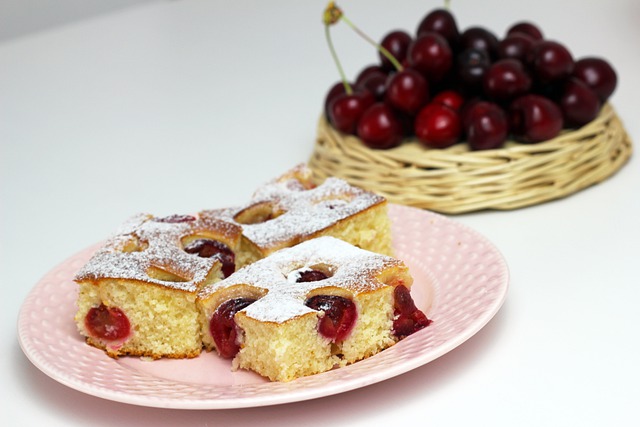
Koláče
We couldn’t close this list without mentioning another traditional Czech sweet: Koláče. With its name deriving from “Kola” meaning “Wheels”, these round-shaped pastry rolls are typically topped with plums, cheese or poppy seeds.
The origins of Koláče date all the way back to the XVIII Century, where round breeds were popular for ritualistic purposes, symbolizing the sun and the moon. Nowadays, they are usually baked for special occasions: small koláčky, for example, can be found at every wedding.
Curious to learn more about Czech traditions? You can check our article on Czech holidays.
If you are instead interested in moving to the Czech Republic, do not hesitate to contact us. We would be happy to assist you!

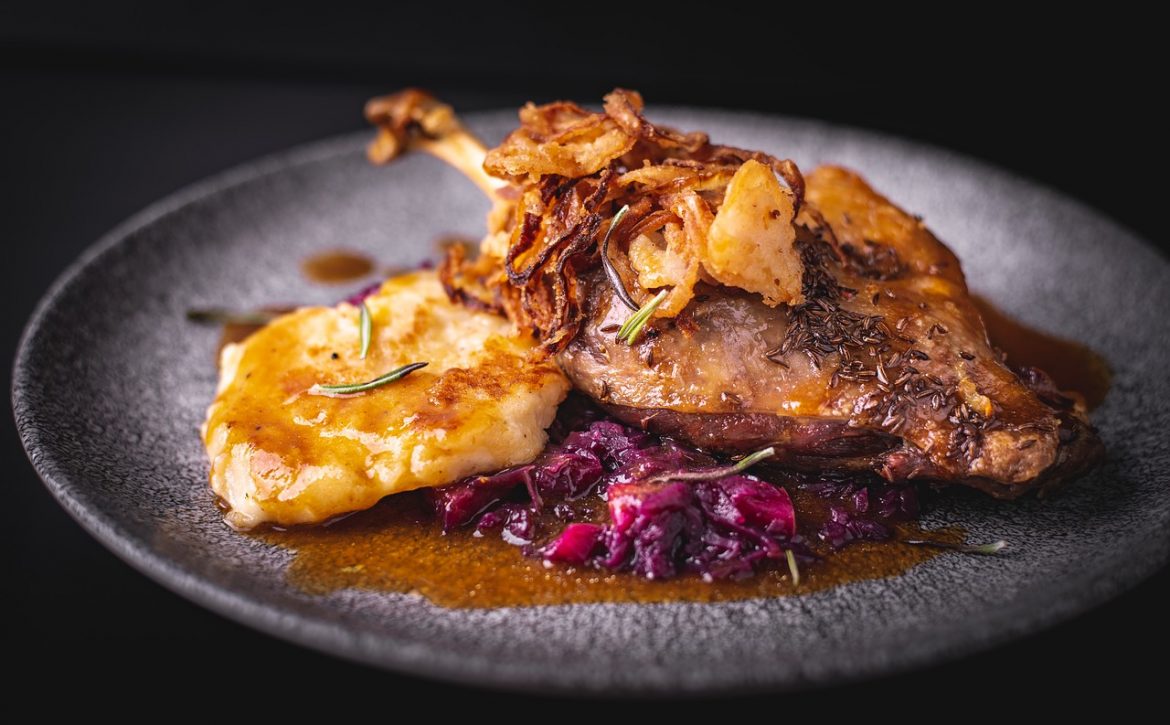

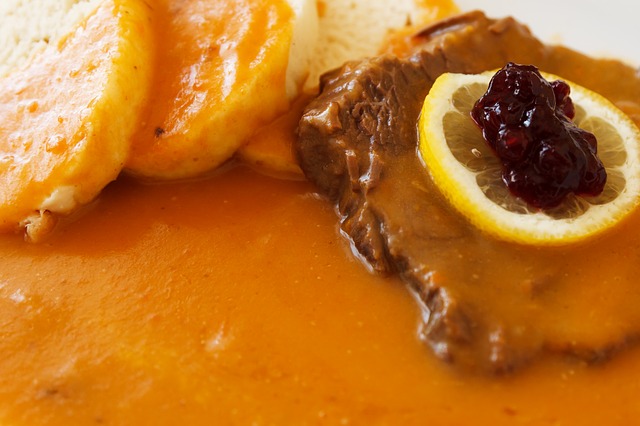
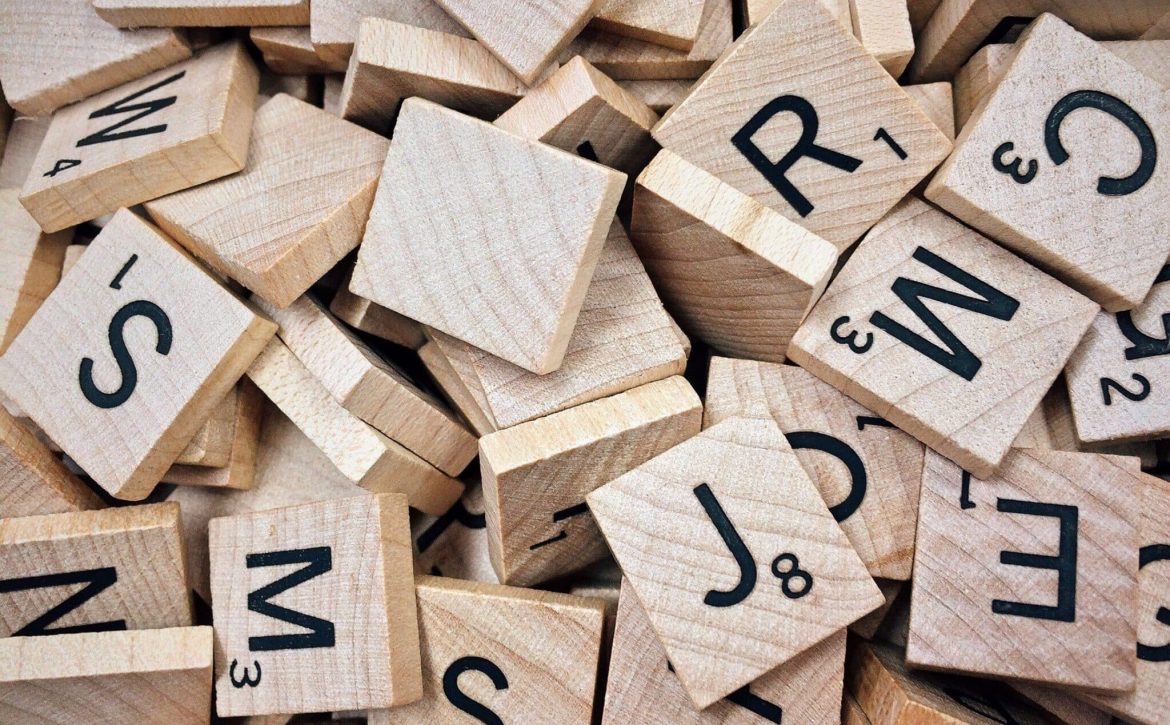
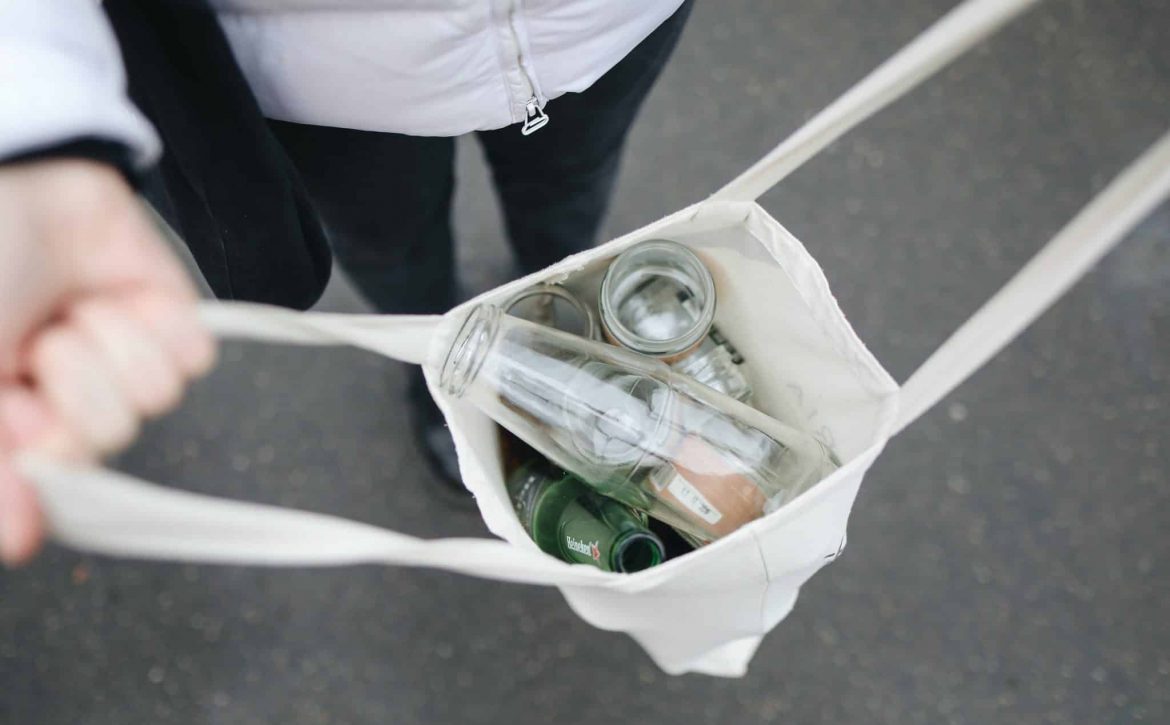
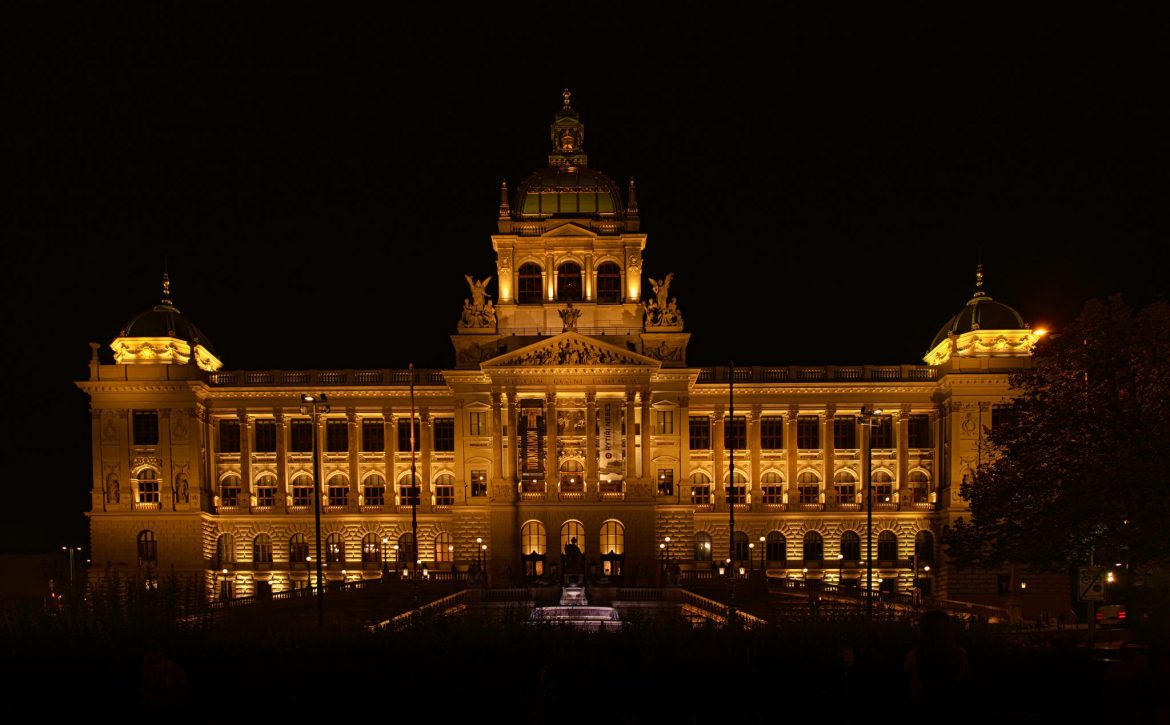


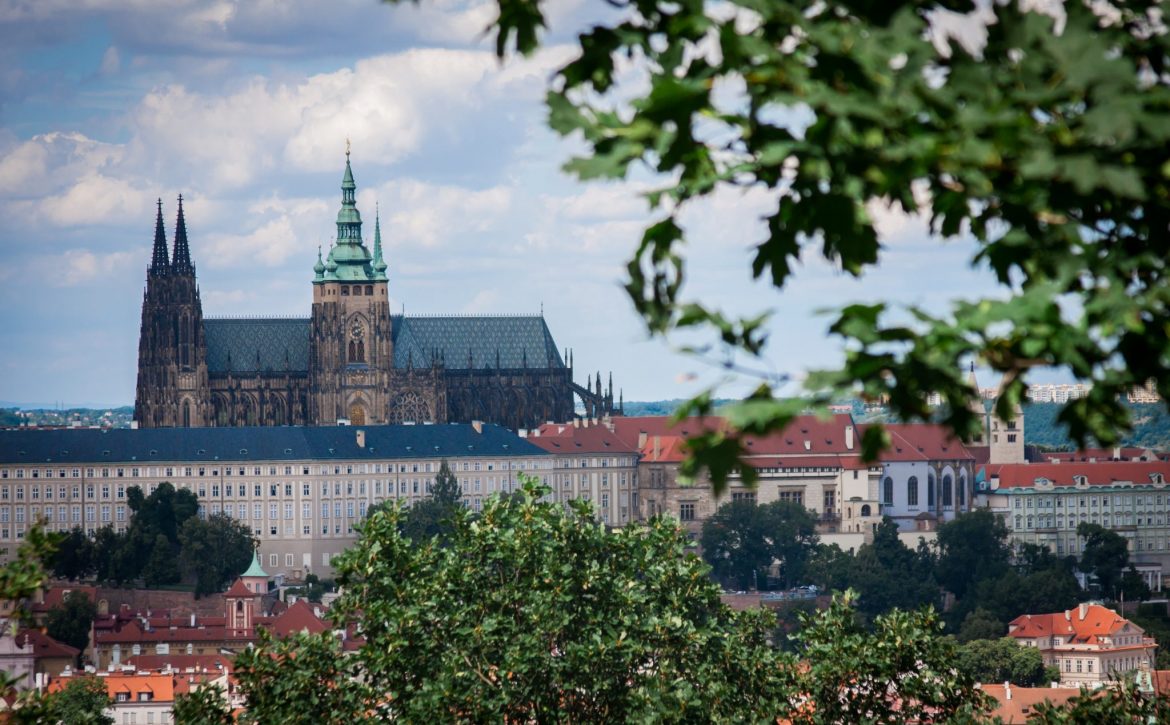
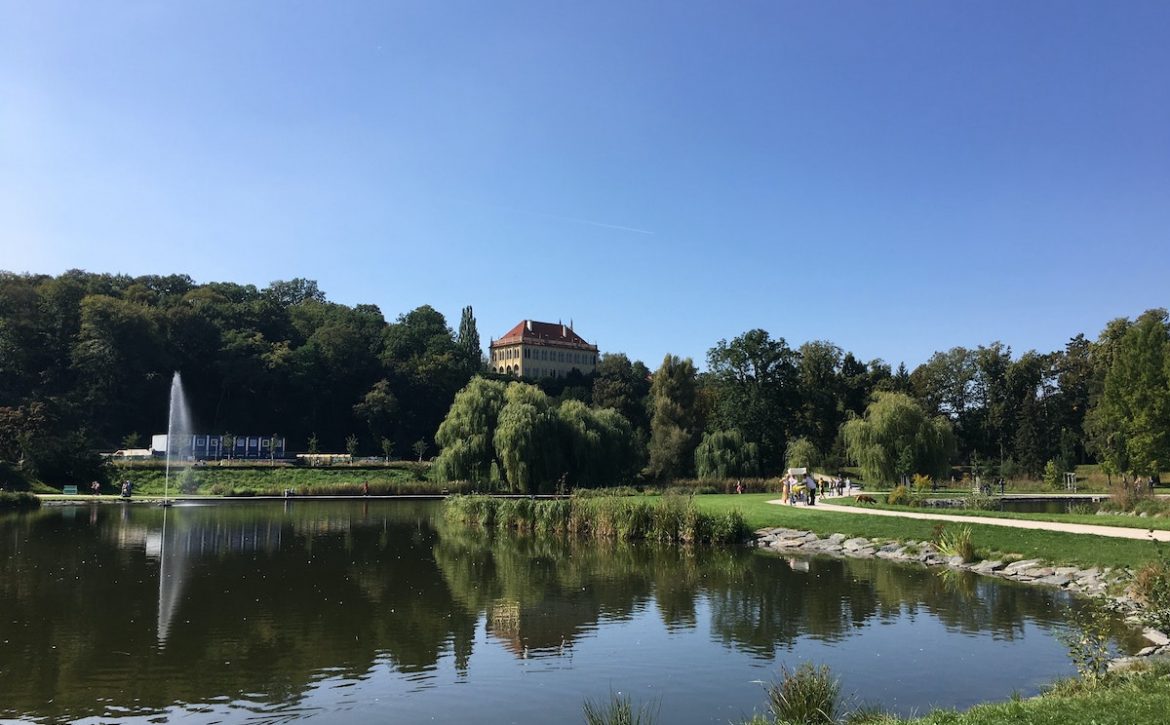
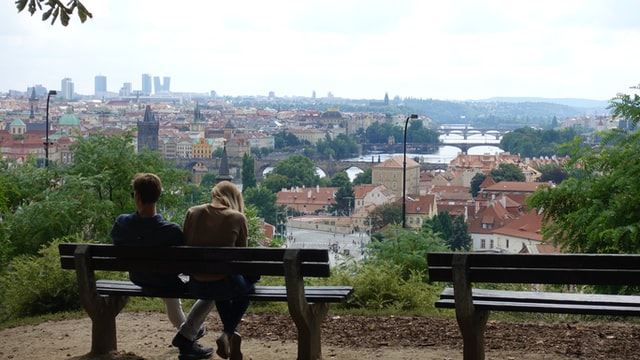 Stromovka Park
Stromovka Park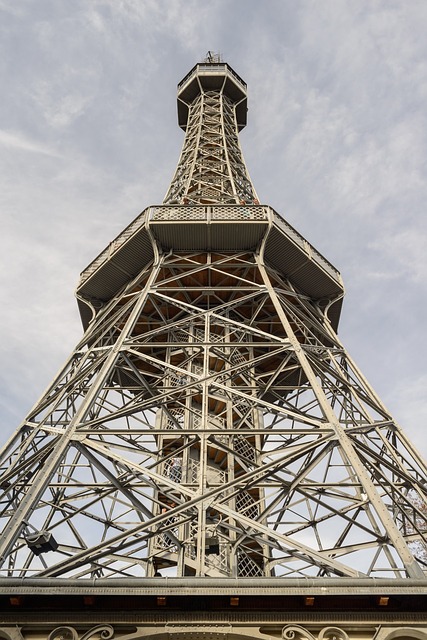 Havlíček Park (Grebovka)
Havlíček Park (Grebovka)